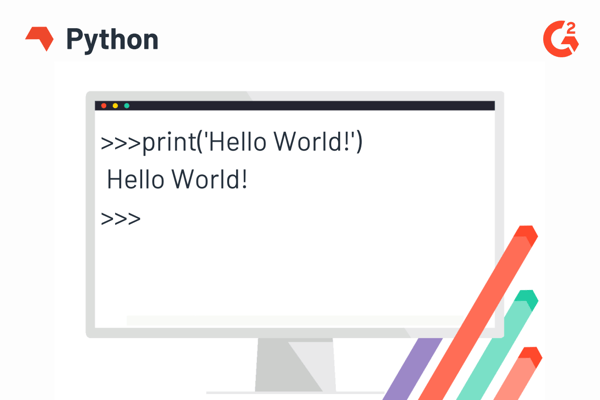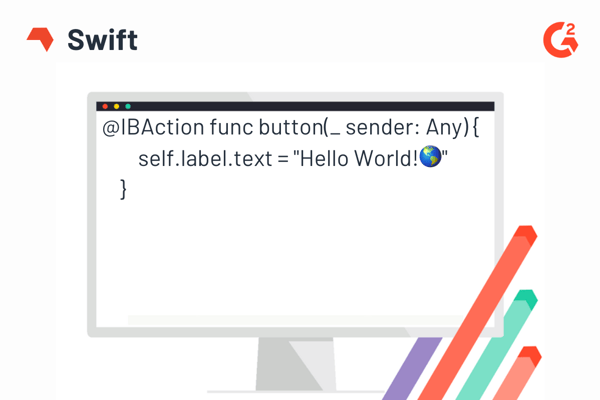The good, the bad, and the ugly.
Just like the saying “there’s an app for that”, there’s also a preferred programming language for that app.
Most popular programming languages for apps
Mobile apps and web apps are becoming more and more prevalent. Apps account for over 90% of internet time on smartphones and 77% of internet time on tablets. Even schools are starting to teach kids how to code. Most developers are well-versed in multiple languages, maybe not to an expert-level, but they at least have a general understanding of the potential use cases and basic syntax. Let’s dig in!
Java
Java is a general-purpose programming language that can be used on many platforms. It’s the #1 programming language, a standing largely attributed to its compatibility across devices. Java can be used to build anything from large servers to small mobile apps.

Pros:
- A wide variety of well-tested libraries and frameworks for developers
- Object-oriented, which allows you to reuse objects and stay organized
- Simpler syntax compared to C++
- Cross-platform development capabilities
- Automatic memory management
- Large community of programmers
Cons:
- Pay for a commercial license starting in 2019
- Poor performance and speed
- Code can be complex and verbose
Python
Python is an open-source, all-purpose programming language that has cross-platform capabilities. It’s often the first language learned by new developers because it’s simple to use and the style guide makes the syntax easy to read. Python is commonly used to build low-level prototypes quickly, as well as more strenuous projects like machine learning and data science.

Pros:
- Easy to learn, especially for beginners
- A lot of helpful documentation from a large community
- Supports multiple platforms and systems
- Flexible with a wide variety of available frameworks
- Can scale projects with ease
Cons:
- Slow to execute
- Low memory management
- Not native to specific mobile environments
| TIP: Check out our guide on PHP vs Python – which is better for app hosting? |
Swift
Swift is Apple’s programming language for all of its operating systems (i.e. iOS, macOS, etc.) It’s a high-level language that is safe, fast, and interactive. While there aren’t a lot of Swift developers compared to other programming languages, it is definitely on the rise.

Pros:
- Easy to read and write because it uses less code to perform tasks when compared to other languages
- Programmers are in demand
- Open-source work in progress, constantly updated and consistently improved
- Safe and secure
- Compatible with Objective-C
- Manages memory automatically
Cons:
- Perceived as unstable because it’s a relatively young language
- Few Swift developers
- Doesn’t work well with third-party tools
- Limited cross-platform capabilities
|
TIP: Languages like Swift require specialized tools to get the job done. For example, there are different integrated development environments (IDEs) that are better than others for your language of choice. See what real users are saying about these tools and how to find the best solution for your next dev project.

|
C++
C++ is a general-purpose, object-oriented programming language that was developed as an extension of the C programming language. It’s considered an intermediate-level language, as the syntax can be fairly difficult to learn. C++ is favored by many developers because of its versatility and scalability.

Pros:
- Similar to other languages like C, C#, and Java
- Compiled language makes it fast
- Scales easily for large projects
- Compatible with many different resources and tools
Cons:
- Low memory management
- Complex language with a limited standard library
- Lack of custom operators
- Strict syntax makes it difficult to use
Take it from the pros
When choosing which language you want to learn, it’s important to think about the type of app you’re building. Sometimes, a developer’s preferred programming language isn’t right for a specific project. See what these experts had to say when we asked them about the best app programming languages.
Don’t want to start from scratch? Explore the top-rated low-code development platforms that let you build functional apps faster, with minimal coding.
 by Bridget Poetker
by Bridget Poetker
 by Bridget Poetker
by Bridget Poetker